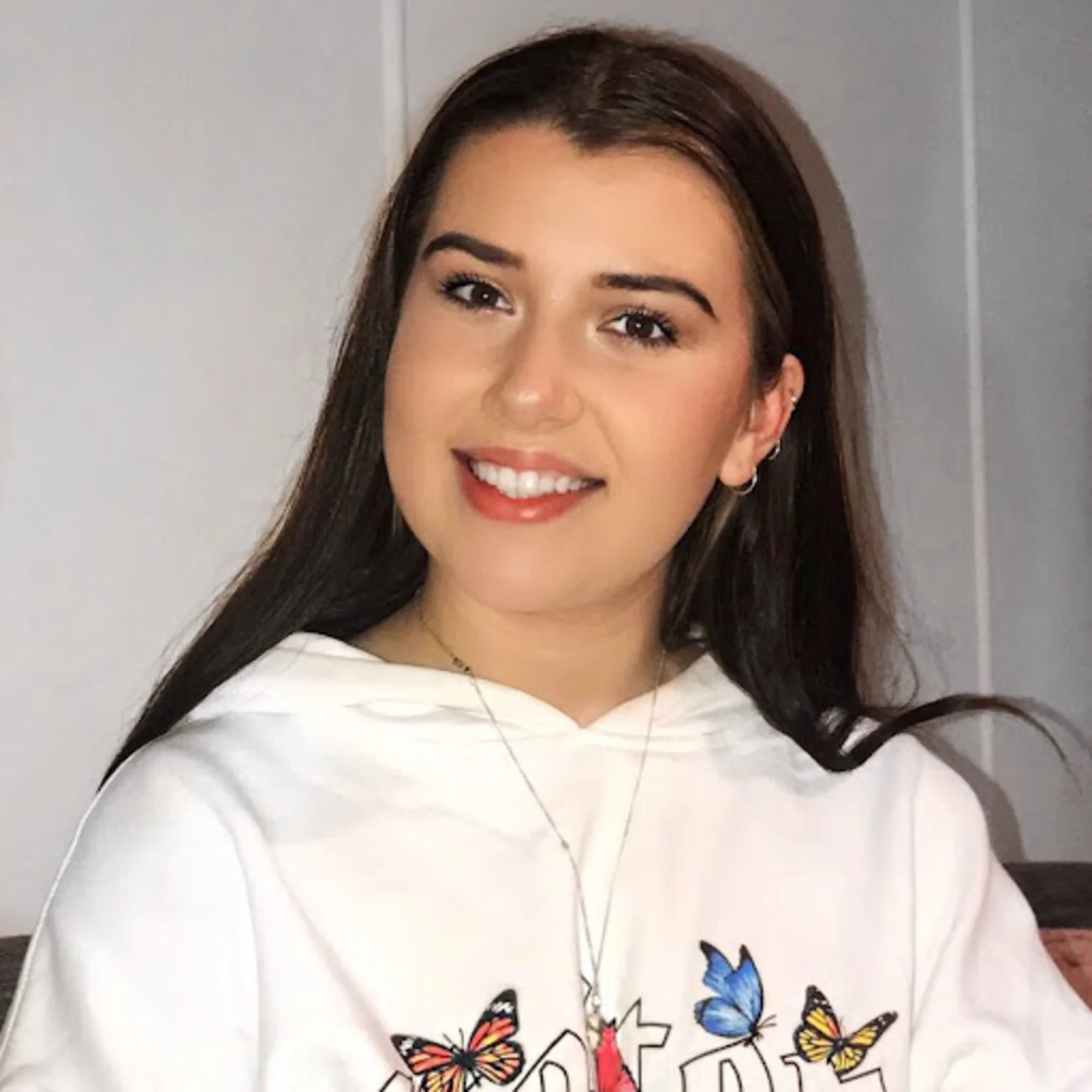The Victoria's Secret fashion show made its comeback after a five-year hiatus, having been cancelled in 2019 following multiple controversies over diversity and body inclusivity.
With the Angels back on the runway, I was excited to see if the show had embraced body inclusivity and taken steps in the right direction.
SPOILER ALERT: I was majorly let down.
Don’t get me wrong, the show was an amazing angelic spectacle filled with talented musical guest appearances, gorgeous lingerie and stunning wings galore, but WHERE WERE THE WOMEN LIKE ME?!
As a mid-sized gal, I was ready for some real representation on that runway, but I was let down to see only four models who reflected that.
Ashley Graham, Paloma Elsesser, Devyn Garcia, and Kai Soleil walked as part of their ‘plus-size’ inclusion and looked drop dead gorgeous doing so.
But, according to Victoria’s Secret’s own website, their size range maxes out at XXL—about a size 16, which Newshub previously reported is the average size in New Zealand.
Ashley, Paloma and Kai are all known to commonly wear a size 16, THE AVERAGE SIZE IN NEW ZEALAND - let that sink in for a second.
That means these models were essentially representing the average body size, yet we’re meant to celebrate this as groundbreaking inclusivity?! The four girls don’t even make up 10% of the approximately 50 models that walked in the show.
In fact, there was more body diversity in the choir backing Cher’s musical performance than on the actual runway.
Even closing the Victoria's Secret show with Tyra Banks felt like an odd choice. While she did walk with a fuller figure, it left me feeling uneasy.
Tyra, despite her success, has had her own run-ins with enforcing unrealistic ‘beauty standards’. She famously apologised in 2020 for moments on ‘America’s Next Top Model’, like the time in 2006 when she told contestant Dani Evans that her tooth gap wasn’t “marketable.”
Tyra later admitted the show “messed up” and said she was trying to “push boundaries while helping the girls still get work”. Still, it’s a reminder of how damaging beauty standards can be.
Evans went on to win that season and had a successful career, but it proves the point - if someone can’t fix something about their appearance in seconds, don’t comment on it. Simple as that.
In a positive step toward inclusivity, both Alex Consani and Valentina Sampaio became the first openly transgender models to walk the Victoria's Secret fashion show runway. Emira D'Spain, another transgender model for the brand, was also present, sitting in the front row.
But how does this stack up against Rihanna's Savage x Fenty show, which has been setting the standard for diversity and inclusion in televised fashion for the past six years? Savage x Fenty has consistently featured plus-sized models, older and pregnant models, and even models with disabilities.
“We don't believe in division. We do not believe in excluding anyone,” Rihanna said ahead of her 2020 Savage X Fenty Vol. 2 show.
Savage X Fenty’s size range goes up to 4XL, and the brand offers gender-neutral products, tapping into a broader appeal to all body types and identities.
While Victoria's Secret is moving in the right direction, maybe RiRi could offer them a few tips on how to truly cater to a diverse audience.

Published by Sophie van Soest
17 Oct 2024